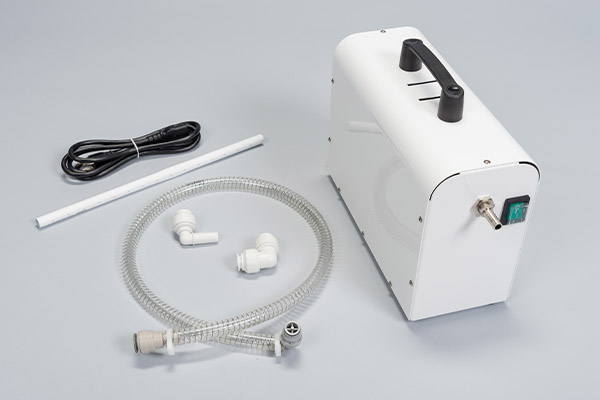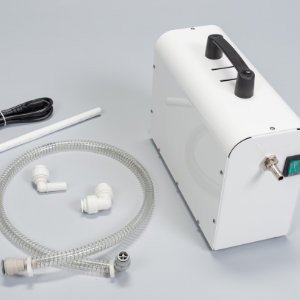
1. What is scavenging?
Scavenging is simply the process of suctioning and eliminating the waste nitrous that is exhaled by the patient during a procedure performed under nitrous sedation.
2. Why is that important?
The CDC, NIOSH, and OSHA have reviewed all the studies on this issue and have concluded that it is essential to scavenge in order to avoid serious health risk (infertility, miscarriages, anemias, renal and hepatic disease and eventually neurologic disease). OSHA set a max exposure limit at 25 ppm.
3. What is the magnitude of the risk?
One 30 minute procedure using a 50:50 mixture of nitrous and oxygen will, if unscavenged, result in 164 X the max exposure limit set by OSHA in a 10 X 10 ft2 room. If the room is 16 X 10 ft2 then the exposure is 103 X the max exposure. If more procedures are done then the nitrous exposure accumulates proportionately. HVAC systems redistribute the nitrous contaminated air throughout the office with very little fresh air to dilute it so everyone in the office will eventually be exposed.
It has been standard of care in dentistry and anesthesia for decades to scavenge whenever nitrous is used because to not scavenge not only exposes the medical staff to the health risks but potentially the practice to legal liability.
Nitrouseal® – Portable Nitrous Oxide Unit is the only nitrous system, available in the US, for office procedures which includes scavenging.
For more information, please check out the Clinical Studies of Nitrous Exposure page which has several in-depth studies on this subject.
Upgrade your current nitrous sedation system.
Sedation Systems LLC developed a MINISCAV®– Scavenging System for Nitrous Oxide, which helps seamlessly upgrade your Pro-Nox™ or NITRONOX™ in any facility.
MINISCAV® can be used instead of in-wall suction, providing a portable, easy-to-use solution. This FDA-cleared device is designed to suction 45 liters per minute of nitrous waste gas, effectively capturing and venting it outside the building. With its compact and portable design, MINISCAV® offers a convenient alternative to in-wall suction. It provides efficient waste gas removal and ensures a safe environment.
Ramsey Nashed, MD





